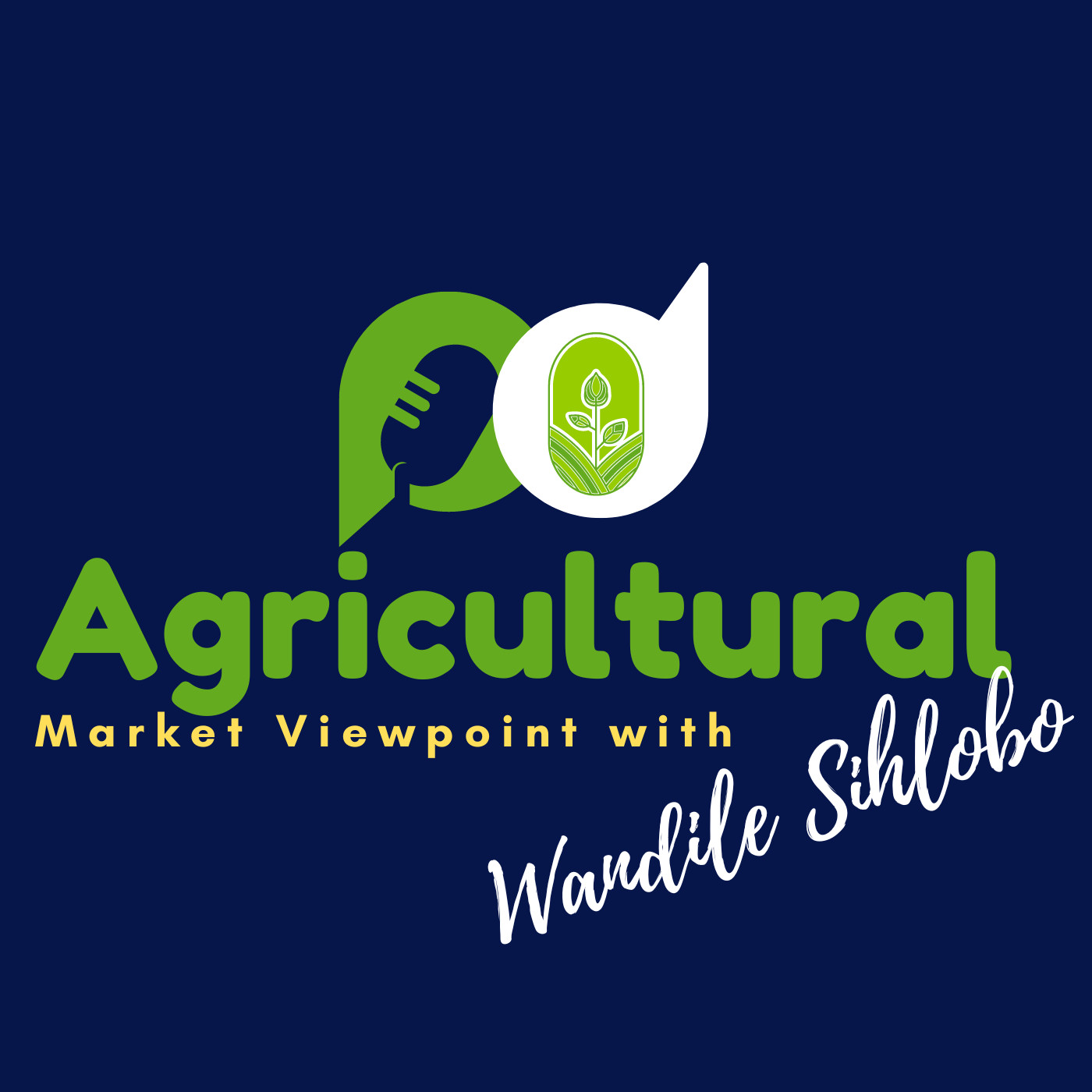South Africa’s food inflation risks amid the drought
Description
The damaging effects of persistent dryness and heatwave in South Africa's summer crop-growing regions have raised concerns about a possible rise in consumer food inflation in the coming months. With South Africa's food price inflation averaging 11% in 2023 (from 9.5% in 2022, 6.5% in 2021, and 4.8% in 2020), which was relatively high compared with recent periods, talk of further upside pressure in inflation comes as an unwelcome development.
However, the underlying drivers of the increase in food inflation in the past two years were mainly the international agricultural commodity prices and, to a much lesser extent, idiosyncratic domestic factors. Still, towards the latter part of 2023, local factors such as animal diseases, weaker domestic currency, and load-shedding-related costs were some of the key drivers of food inflation.
The drought in South America, China's strong demand for grains and oilseed, rising shipping costs, higher energy prices, and the Russia-Ukraine war were some of the factors that were behind the higher global agricultural producer prices, which, in turn, boosted the domestic prices, and thus leading to relatively elevated consumer food price inflation in 2022 and 2023.
Also worth noting is that South African food manufacturers had to absorb some of the increases and did not pass on the full increases to consumers who were already under pressure because of weak economic conditions and higher unemployment in the country. For example, in 2022, while consumer food inflation averaged 9.5%, the producer price inflation for agricultural products was 15.0%, and the food manufacturers inflation was 12.3%. This means manufacturers did not pass on the total costs to consumers, contrary to what some regulators have argued.
The factors that underpinned higher consumer food inflation in 2022 and 2023 have somewhat subsided. There are ample grain supplies in the global market.
Aside from the international factors, other major factors driving South Africa's food inflation this past year was the increase in vegetable and poultry products prices. The poor harvest caused the vegetable price increases after load-shedding at the start of the year, undermining crop quality. Things have changed this year. While it has been quite dry across the country since the beginning of February 2024, vegetable production has not taken a strain because all commercial production in South Africa is under irrigation and load-shedding, while risk has not been hard since the start of 2023. Some farmers are better prepared this year for possible regular power cuts.
Considering the above developments, the major risks to consumer food inflation in South Africa in 2024 will primarily be white maize products, while other products within the food basket may moderate or show sideways movement in prices.
My writing on agricultural economic matters is available on my blog: https://wandilesihlobo.com/
Podcast production by: Nelisiwe Tshabalala, Lwandiso Gwarubana, Richard Humphries, and Sam Mkokeli
More Episodes
While South Africa's agriculture has had a rough start to the year, characterised by El Niño-induced drought, the employment conditions remain encouraging.
The data recently released by Statistics South Africa shows that employment in primary agriculture lifted by 6% year-on-year to 941,000 in...
Published 05/27/24
Published 05/27/24
April marked the end of South Africa's 2023/24 marketing year for maize. This marketing year corresponds with the 2022/23 production season, as the crop harvested mid-year in 2023 was marketed from then through to the end of April 2024. According to data from the Crop Estimates Committee (CEC),...
Published 05/20/24


